

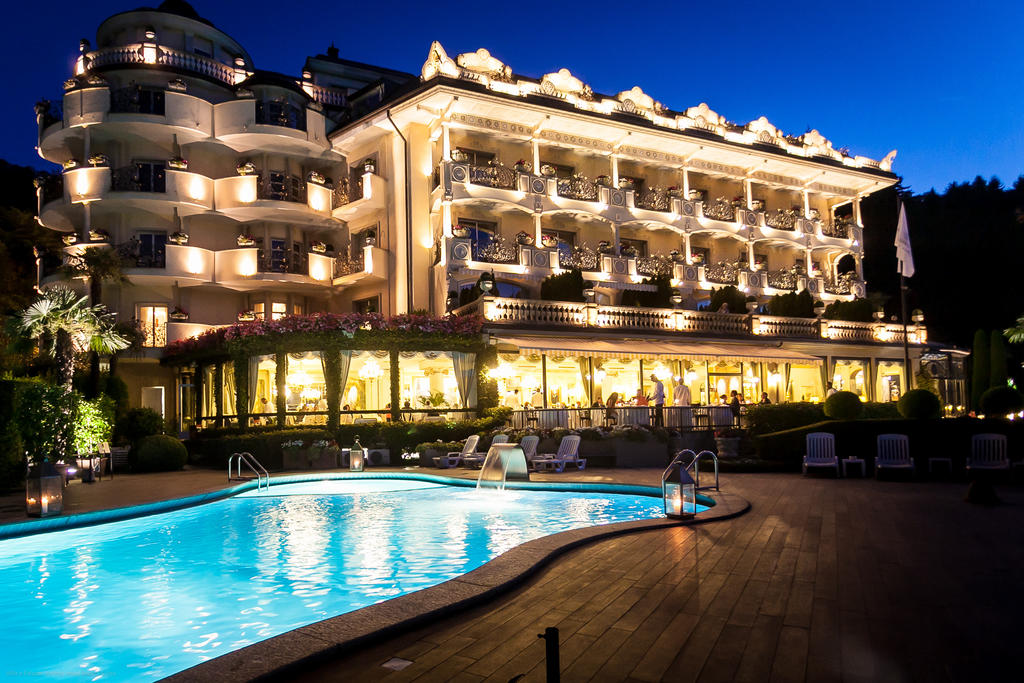



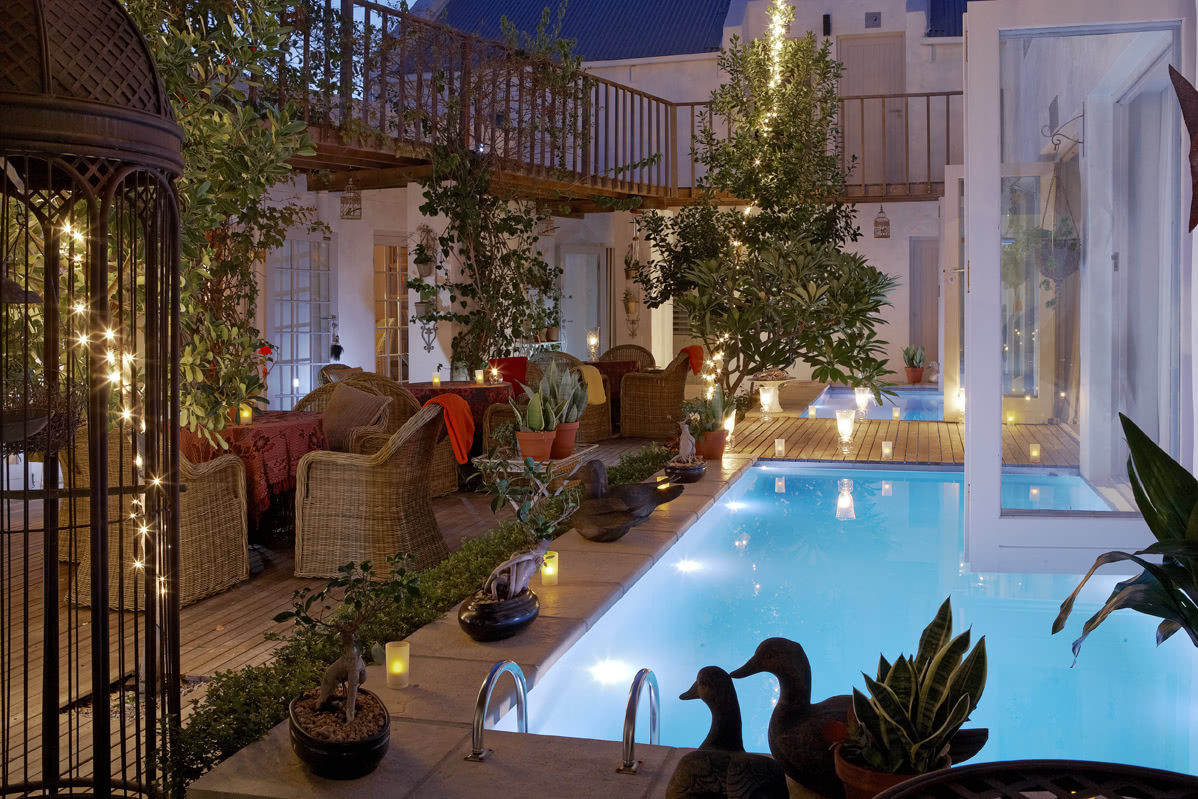
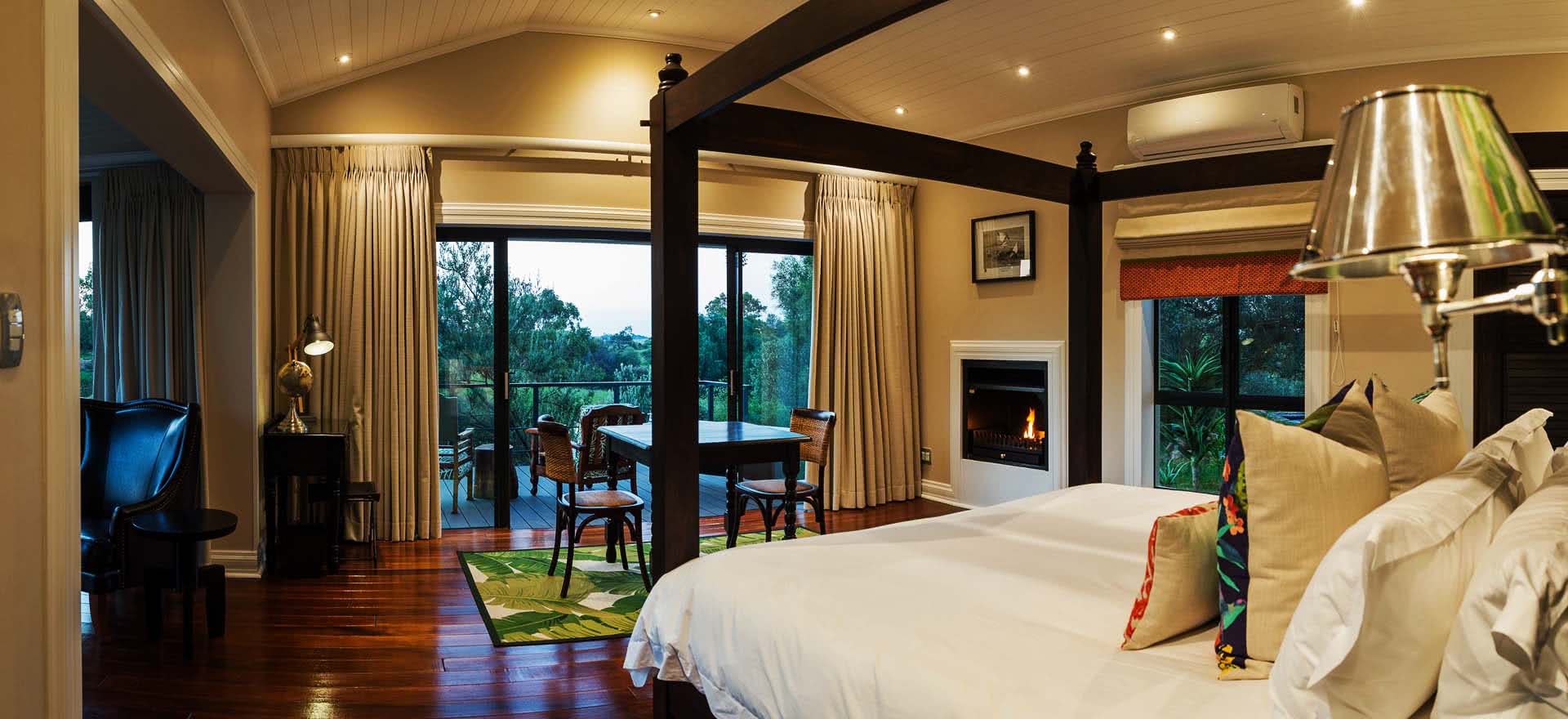
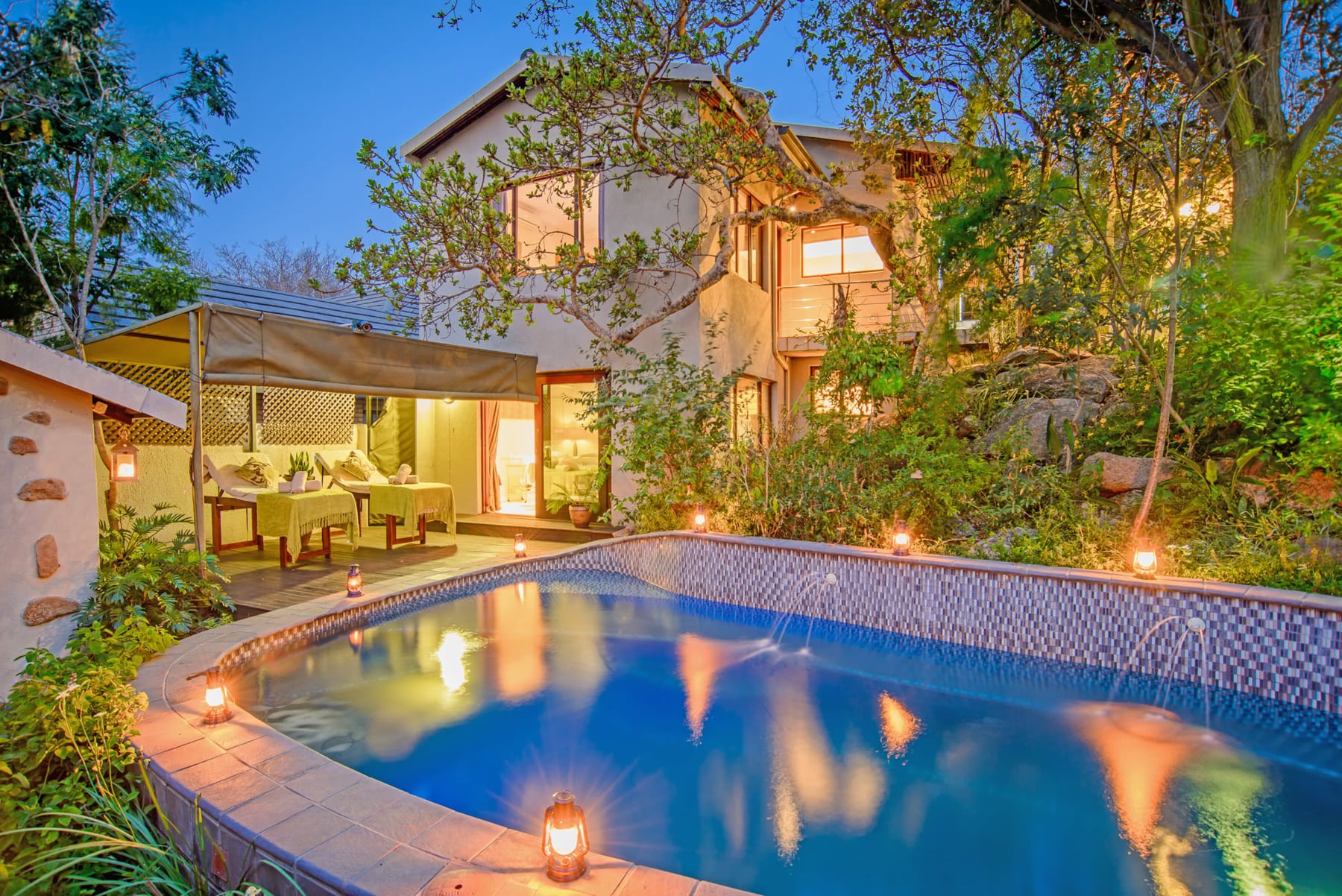




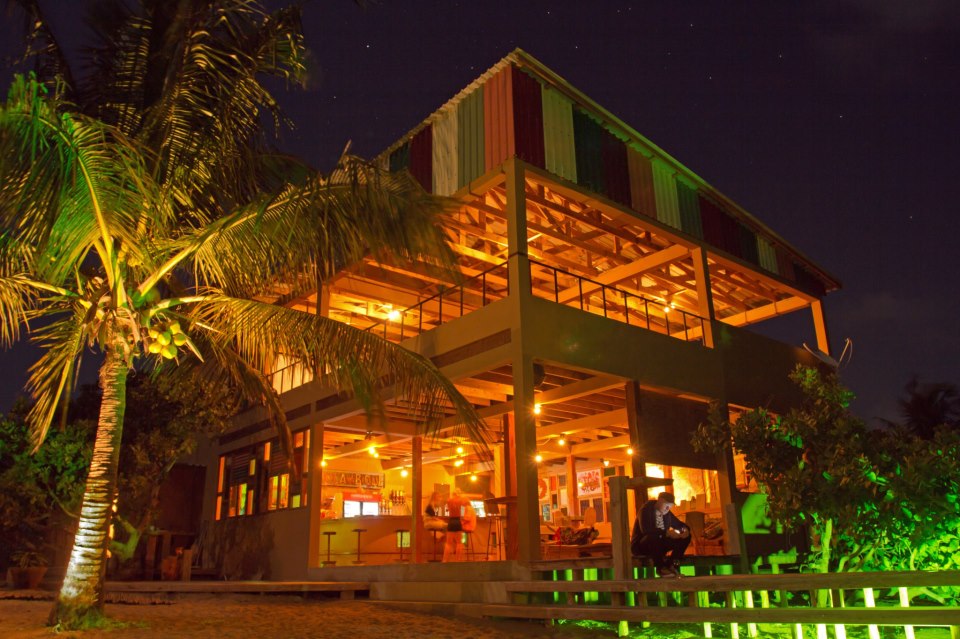




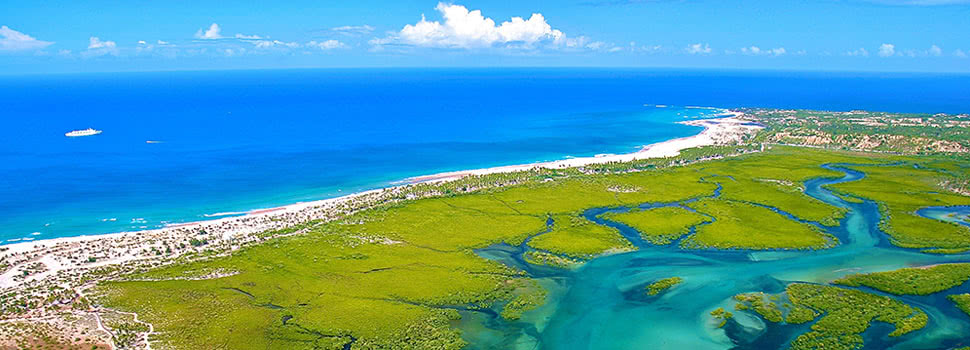
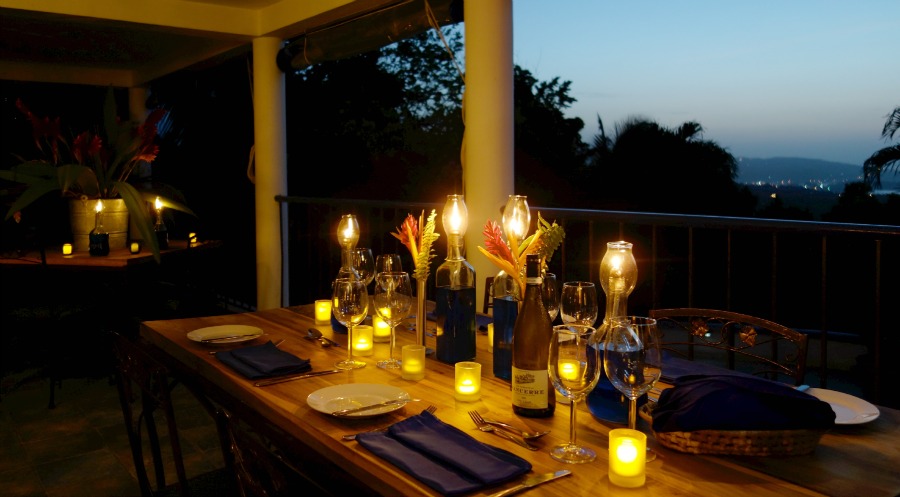



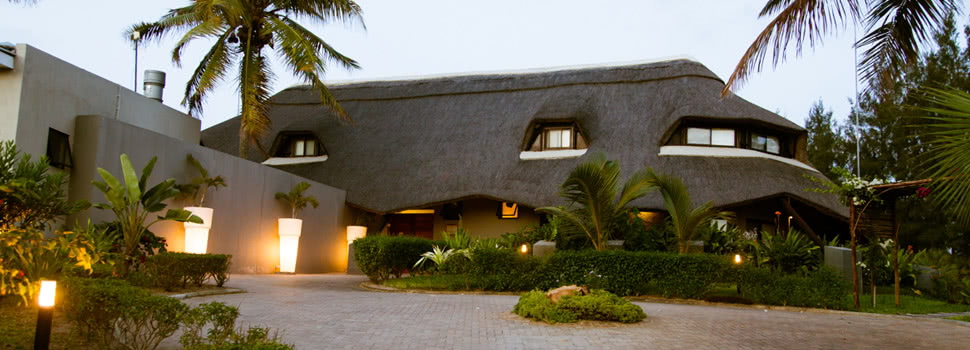



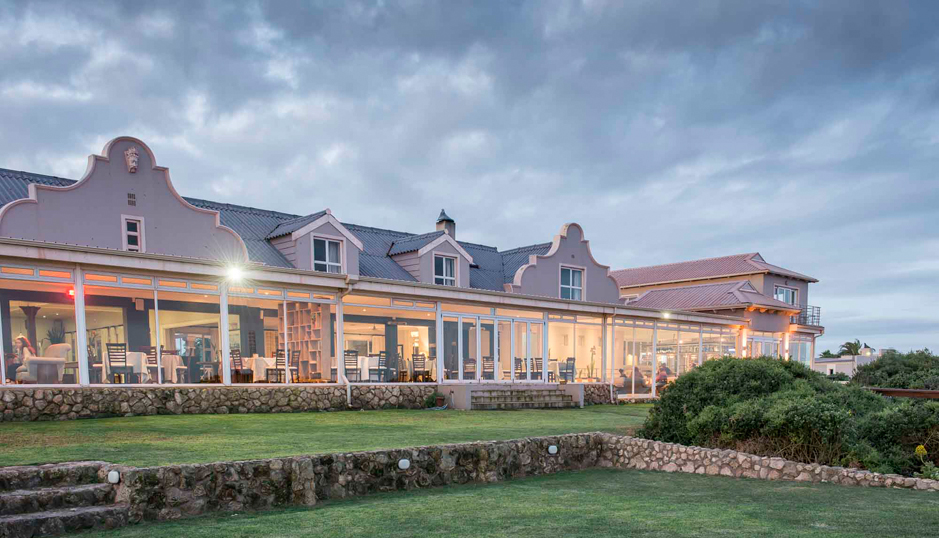


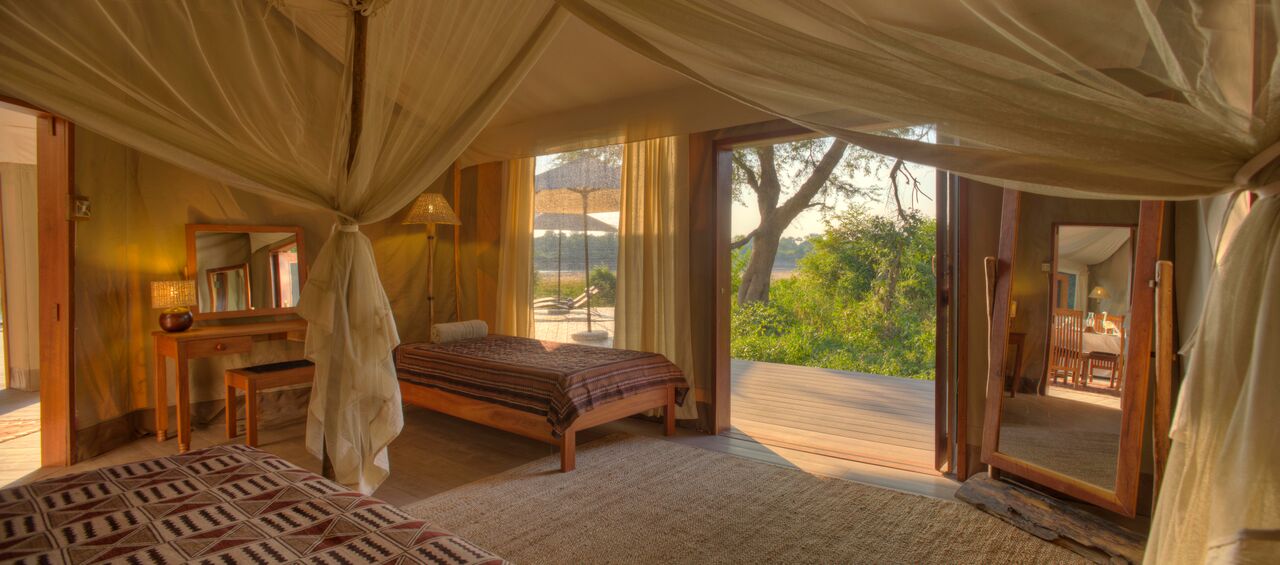


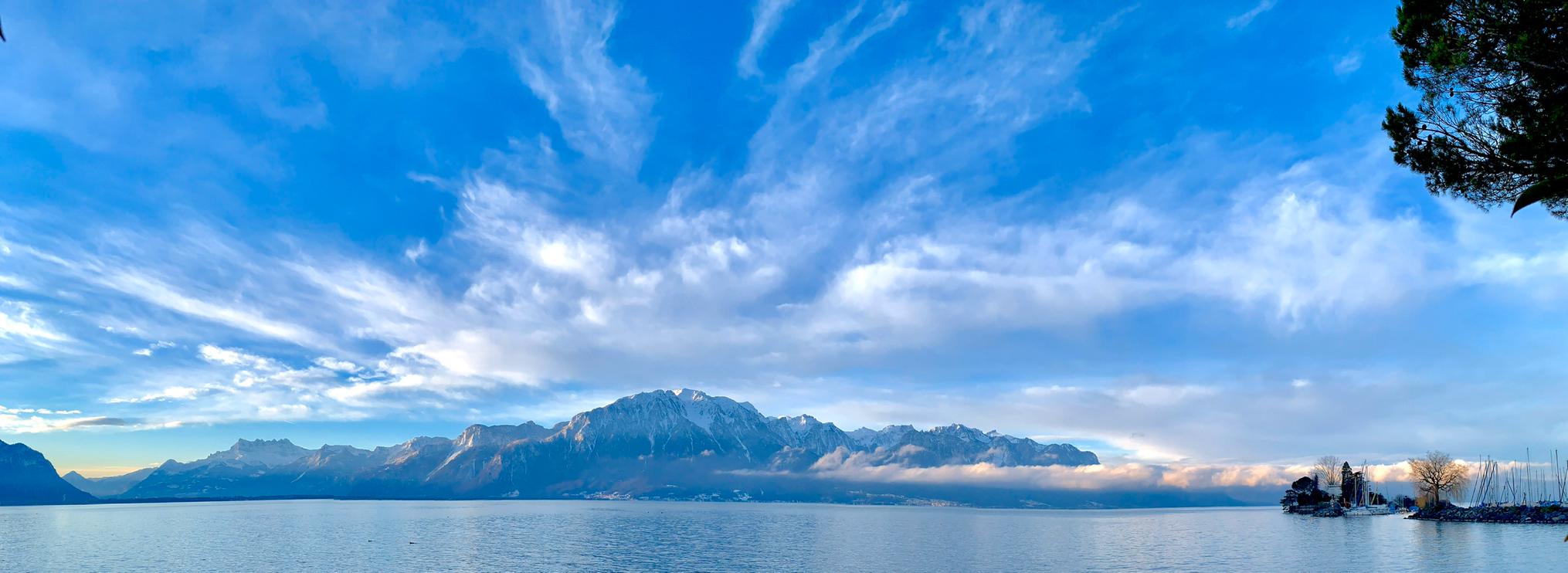


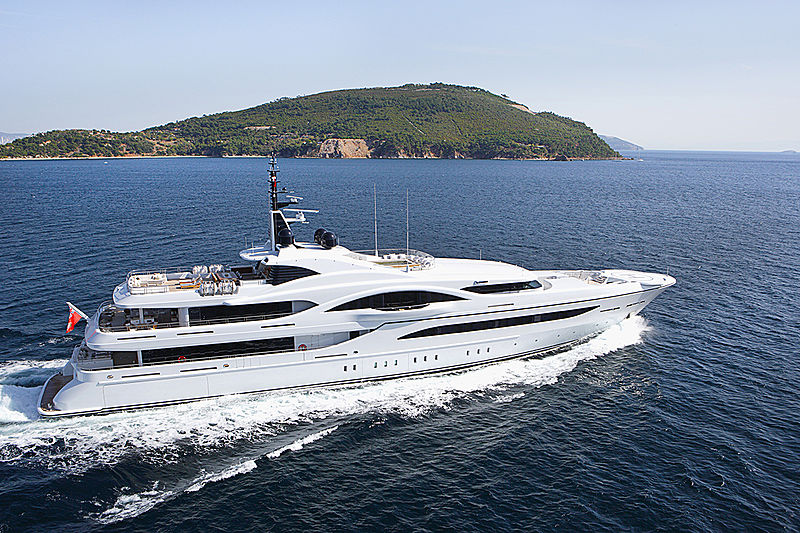














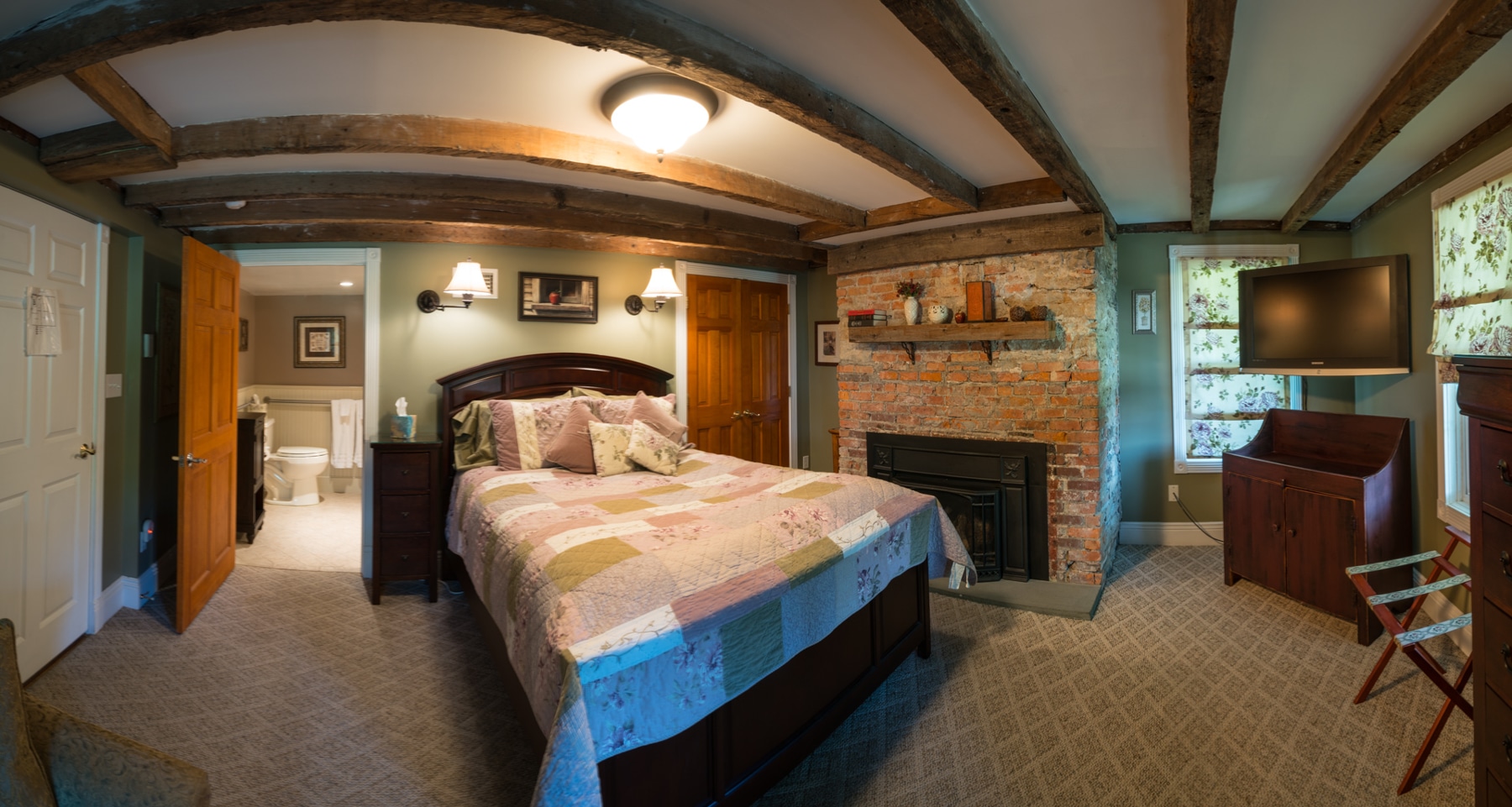






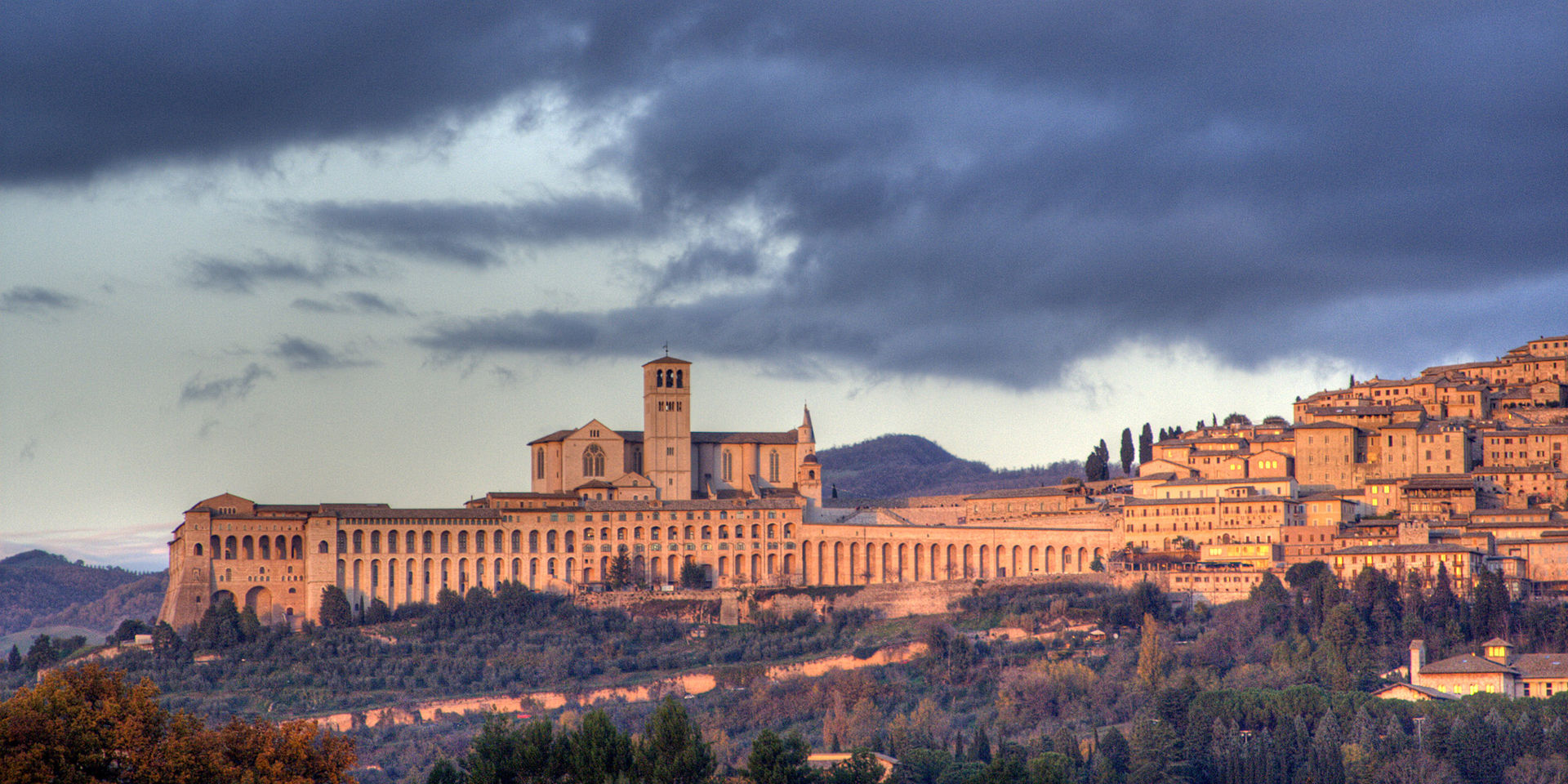
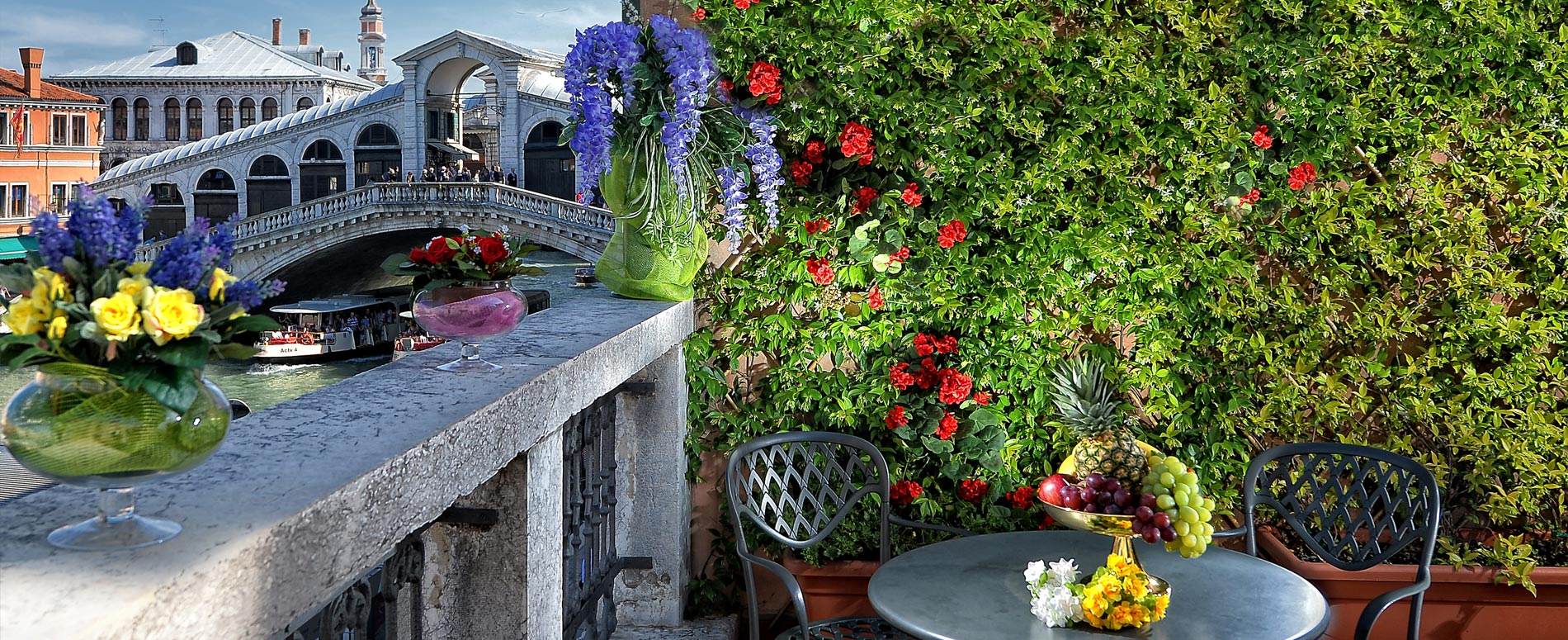






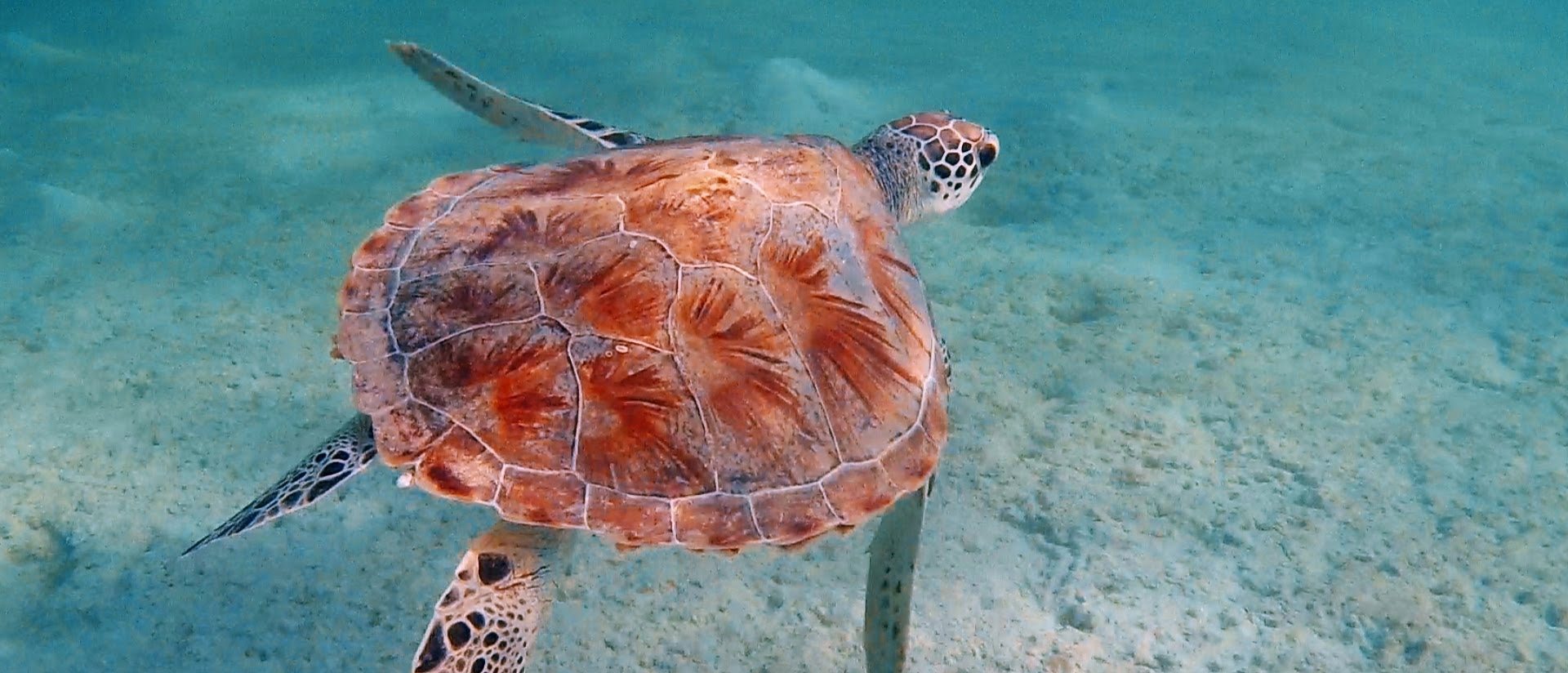

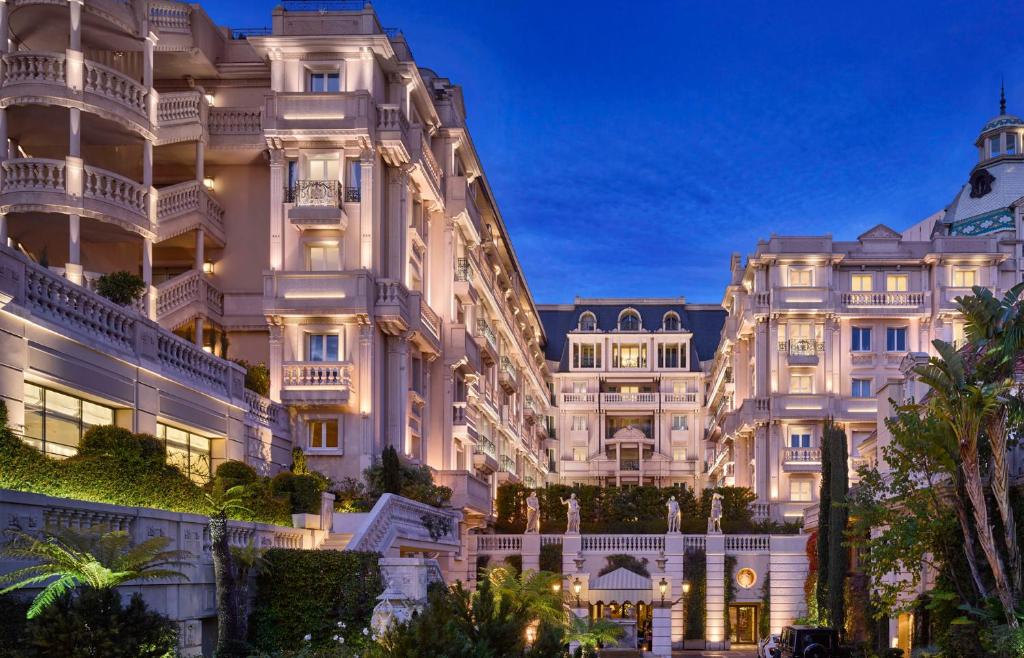

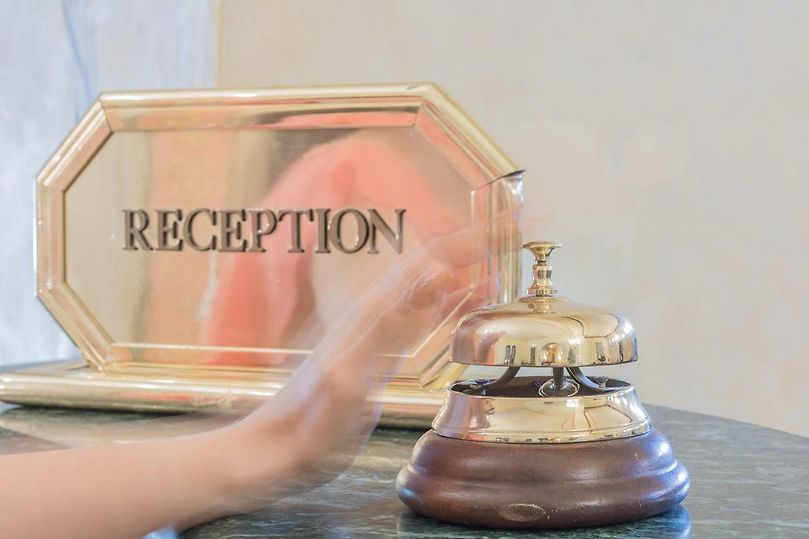

Urubamba, Sacred Valley, Peru
Agent: Cliff Jacobs - Managing Principal Estate Agent & CEO (Nat.Dpl.Hotel Man (UJ). M.P.R.E.)
Agent Cellphone: +27 (0) 84 413 1071 / +27 (0) 61 716 6951
Agent Office Number: +27 (0) 84 413 1071
Agent Email Address: cliff@exquisitehotelconsultants.com
Type: Boutique Hotel
Bedrooms: 20
Bathrooms: 20
Showers: 20
Parking: 20
Yield: Not Disclosed
Urubamba, Peru
Urubamba (possibly from in the Quechua spelling Urupampa, flat land of spiders) is a small town in Peru, located near the Urubamba River under the snow-capped mountain Chicón. Located one hour from Cusco, Urubamba is the largest town in the Sacred Valley of the Incas. It is also located near a number of significant ruins of the Inca Empire, including Machu Picchu. The sparse remains of the Inca palace, Quispiguanca, are within the town. Tourists often come through the town on their way to visit these sites.
Geography
Urubamba is located in the Highlands of Peru. It is regarded as a good location to go to acclimate to the elevation to prevent altitude sickness prior to going more popular tourist destinations like Cusco.
Economy
There is a popular market selling fresh fruit and vegetables and also pots, pans, and other essential items. As social workers/volunteers visit the city often, the main market does cater to tourists, although locally produced alpaca garments or ornaments are usually for sale in small stores within the town. There is also a small market selling only fresh produce that is open on select days during the week, and can sometimes be found selling items that are normally not sold in the main market.
Arts and culture
Urubamba is the home of the workshop of Pablo Seminario and Marilú Behar. They create quality ceramics that can be purchased from the workshop or a store in Cusco.
There is a large sporting field used for local football matches and also for festivals, including the festival of El Señor de Torrechayoc. During the first week of June the town swells with dancers and visitors from local towns who perform in the streets. The festivities continue the celebration well into the early hours. The dancing culminates with group performances on the local football pitch.
Transportation
Due to the town's proximity to a number of Inca ruins it is a transportation hub with a bus depot and easy access to cabs.
Urubamba is the base of operations for a variety of volunteer programs that arrange home stays with Peruvian families for college students.
Sacred Valley, Peru
The Sacred Valley of the Incas (Spanish: Valle Sagrado de los Incas; Quechua: Willka Qhichwa), or the Urubamba Valley, is a valley in the Andes of Peru, north of the Inca capital of Cusco. It is located in the present-day Peruvian region of Cusco. In colonial documents it was referred to as the "Valley of Yucay." The Sacred Valley was incorporated slowly into the incipient Inca Empire during the period from 1000 to 1400 CE.
The Sacred Valley is a major tourist destination. In 2013, 1.2 million people, 800,000 of them non-Peruvians, are estimated to have visited Machu Picchu, its most famous archaeological site. Many of the same tourists also visited other archaeological sites and modern towns in the Sacred Valley.
Stretching from Pisac to Ollantaytambo, this fertile valley is irrigated by the Urubamba River. The Chanapata civilization first utilized this area starting at around 800 BCE because of the rich soil used for agriculture. The Qotacalla civilization lived in the Sacred Valley from 500 to 900 CE The Killke civilization then lived in the Sacred Valley from 900 CE until the Incan Empire took over the region in 1420. The Incan Empire ruled this area until the arrival of the Spanish.
Geography
The valley, running generally west to east, is understood to include everything along the Urubamba River between the town and Inca ruins at Písac and Machu Picchu, 100 kilometres (62 mi) distant. The Sacred Valley has elevations above sea level along the river ranging from 3,000 metres (9,800 ft) at Pisac to 2,050 metres (6,730 ft) at the Urubamba River below the citadel of Machu Picchu. On both sides of the river, the mountains rise to much higher elevations, especially to the south where two prominent mountains overlook the valley: Sahuasiray, 5,818 metres (19,088 ft) and Veronica, 5,893 metres (19,334 ft) in elevation. The intensely cultivated valley floor is about 1 kilometre (0.62 mi) wide on average. Side valleys and agricultural terraces (andenes) expand the cultivatable area.
The valley was formed by the Urubamba river, also known as the Vilcanota River, Willkanuta River (Aymara, "house of the sun") or Willkamayu (Quechua). The latter, in Quechua, the still spoken lingua franca of the Inca Empire, means the sacred river. It is fed by numerous tributaries which descend through adjoining valleys and gorges and contains numerous archaeological remains and villages. The Sacred Valley was the most important area for maize production in the heartland of the Inca Empire and access through the valley to tropical areas facilitated the import of products such as coca leaf and chile peppers to Cuzco.
The climate of Urubamba is typical of the valley. Precipitation, concentrated in October through April, totals 527 millimetres (20.7 in) annually and monthly average temperatures range between 15.4 °C (59.7 °F) in November, the warmest month, to 12.2 °C (54.0 °F) in July, the coldest month. The Incas built extensive irrigation works throughout the valley to counter deficiencies and seasonality in precipitation.
History
The early Incas lived in the Cuzco area. By conquest or diplomacy, during the period 1000 to 1400 CE, the Inca achieved administrative control over the various ethnic groups living in or near the Sacred Valley.
The attraction of the Sacred Valley to the Inca, in addition to its proximity to Cuzco, was probably that it was lower in elevation and therefore warmer than any other nearby area. The lower elevation permitted maize to be grown in the Sacred Valley. Maize was a prestige crop for the Incas, especially to make chicha, a fermented maize drink the Incas and their subjects consumed in large quantities at their many ceremonial feasts and religious festivals.
Chicha has had a long historical significance. In times of warfare, the Incas would take the decapitated skull of their enemies and turn them into a drinking vessels for Chicha. This ceremonial process of drinking Chicha from the head of a foe symbolized the successful transformation from the disorder of warfare to the order of the Incan Empire.
Large scale maize production in the Sacred Valley was apparently facilitated by varieties bred in nearby Moray, either a governmental crop laboratory or a seedling nursery of the Incas.
The Inca customarily divided conquered lands into three more-or-less equal parts. One part was for the emperor (the Sapa Inca), one part for the religious establishment, and one part for the communities of farmers themselves. In the 1400s, the Sacred Valley became an area of royal estates and country homes. Once a royal estate was created by an emperor it continued to be owned by descendants of the emperor after his death. The estate of the emperor Yawar Waqaq (c. 1380) was located at Paullu and Lamay (a few kilometers downstream from Pisac); Huchuy Qosqo, the estate of the emperor Viracocha Inca (c. 1410–1438), overlooks the Sacred Valley; the estate of Pachacuti (1438–1471) was at Pisac, and the sparse ruins of Quispiguanca. the estate of the emperor Huayna Capac (1493–1527), is in the town of Urubamba. Most archaeologists believe that Machu Picchu was built as an estate for Pachacuti.
Agricultural terraces, called andenes, were built up hillsides flanking the valley floor and are today the most visible and widespread signs of the Inca civilization in the Sacred Valley.
In 1537, the Inca Emperor Manco Inca Yupanqui fought and won the Battle of Ollantaytambo against a Spanish army headed by Hernando Pizarro. Nevertheless, Manco soon withdrew from the Sacred Valley and the area came under the control of the Spanish colonialists.
Oral histories in the Quechua language suggest that the ancient Inca married Pachamama (Mother Earth) and produced human offspring. The Incas are renowned for their precision in stone masonry. The architecture was a means of bringing order to untamed areas and the people of the Andes region. Machu Picchu, located in the Sacred Valley, is an example of the Incas adapting building strategies that acknowledge the topography of the area. While other Pre-Columbian cultures constructed man-made mountains, the Incas emphasized the natural forms of the topography around them. The Sacred Rock, located in the Sacred Valley, is an example of a stone that draws attention to the horizon of the mountain range.
Peru
Peru, officially the Republic of Peru, is a country in western South America. It is bordered in the north by Ecuador and Colombia, in the east by Brazil, in the southeast by Bolivia, in the south by Chile, and in the south and west by the Pacific Ocean. Peru is a megadiverse country with habitats ranging from the arid plains of the Pacific coastal region in the west to the peaks of the Andes mountains extending from the north to the southeast of the country to the tropical Amazon basin rainforest in the east with the Amazon River.[9] Peru has a population of 32 million, and its capital and largest city is Lima. At 1.28 million km2 (0.5 million mi2), Peru is the 19th largest country in the world, and the third largest in South America.
Peruvian territory was home to several cultures during the ancient and medieval periods, and has one of the longest histories of civilization of any country, tracing its heritage back to the 10th millennium BCE. Notable pre-colonial cultures and civilizations include the Caral-Supe civilization (the earliest civilization in the Americas and considered one of the cradles of civilization,) the Nazca culture, the Wari and Tiwanaku empires, the Kingdom of Cusco, and the Inca Empire, the largest known state in the pre-Columbian Americas.
The Spanish Empire conquered the region in the 16th century and established a viceroyalty that encompassed most of its South American territories, with its capital in Lima. Higher education started in the Americas with the official establishment of the National University of San Marcos in Lima in 1551. Peru formally proclaimed independence in 1821, and following the foreign military campaigns of José de San Martín and Simón Bolívar, and the decisive battle of Ayacucho, Peru completed its independence in 1824. In the ensuing years, the country first suffered from political instability until a period of relative economic and political stability begun due to the exploitation of guano. Later, the War of the Pacific (1879–1884) with Chile brought Peru to a state of crisis, from which the oligarchy seized power through the Civilista Party. In the 20th century, the country endured coups, social unrest, and internal conflicts, as well as periods of stability and economic upswing. In the 1990s, the country implemented a neoliberal economic model which is still in use to this day. As the 2000s commodities boom took place, Peru experienced a period of constant economic growth and a decrease in poverty.
The sovereign state of Peru is a representative democratic republic divided into 25 regions. Peru has a high level of human development with an upper middle income level ranking 82nd on the Human Development Index. It is one of the region's most prosperous economies with an average growth rate of 5.9% and it has one of the world's fastest industrial growth rates at an average of 9.6%. Its main economic activities include mining, manufacturing, agriculture and fishing, along with other growing sectors such as telecommunications and biotechnology. The country forms part of The Pacific Pumas, a political and economic grouping of countries along Latin America's Pacific coast that share common trends of positive growth, stable macroeconomic foundations, improved governance and an openness to global integration. Peru ranks high in social freedom; it is an active member of the Asia-Pacific Economic Cooperation, the Pacific Alliance, the Comprehensive and Progressive Agreement for Trans-Pacific Partnership and the World Trade Organization; and is considered as a middle power.
Peru has a population that includes Mestizos, Amerindians, Europeans, Africans and Asians.
The main spoken language is Spanish, although a significant number of Peruvians speak Quechuan languages, Aymara, or other Indigenous languages. This mixture of cultural traditions has resulted in a wide diversity of expressions in fields such as art, cuisine, literature, and music.
About this hotel
The hotel has a Jacuzzi, a beautiful garden with hammocks and swing seats, sauna, spa, meditation room and a living room with television. The hotel is located in Urubamba, center of the sacred valley of the Incas, 10 minutes away for the train station going directly to Machu Picchu Everyday, and 2 blocks away for the bus terminal, where you can take transportation to touristic places like archeological ruins, indigenous markets of Pisac and Chinchero, cave paintings of Chahuaytire in Pisac and Yucay, salt mines of Maras and the only living city Inca Ollantaytambo. The hotel rooms have internet wifi, TV with cable private bathroom with hairdryer, hot water, phone and cleaning service.
The hotel is built with wood, chonta of the jungle, spectacular quartz, that in the Andean tradition are used to eliminate the negative energies and offer a pleasant rest. We have added heaters to this hotel in the late year of 2019, did some renovations of so.
Every morning breakfast is served in the restaurant with reservation for dinning in for the guests convenience.
Excellent reviews on tripadvisor.
There are living quarters for the owner or management.
Facilities
Extras
This Turnkey hotel with all relevant license in place fully operational and Presently put on hold due to the Covid19 virus hit in the month of April 2020. This sale is by a foreign owner free of mortgage land title and hotel facilities of a total land area plot 2,030.93 M2.
The sale is due to our retirement - we have enjoyed working in the hospitality industry for more than 40 years. Faraway trips to Peru is no longer desired for us in our age. We wish to open the door to new owners to enjoy working this beautiful hotel and with the people of Peru.
Urubamba currently is constructing a new airport nearby that will economically bring growth and expand tourism to this area.

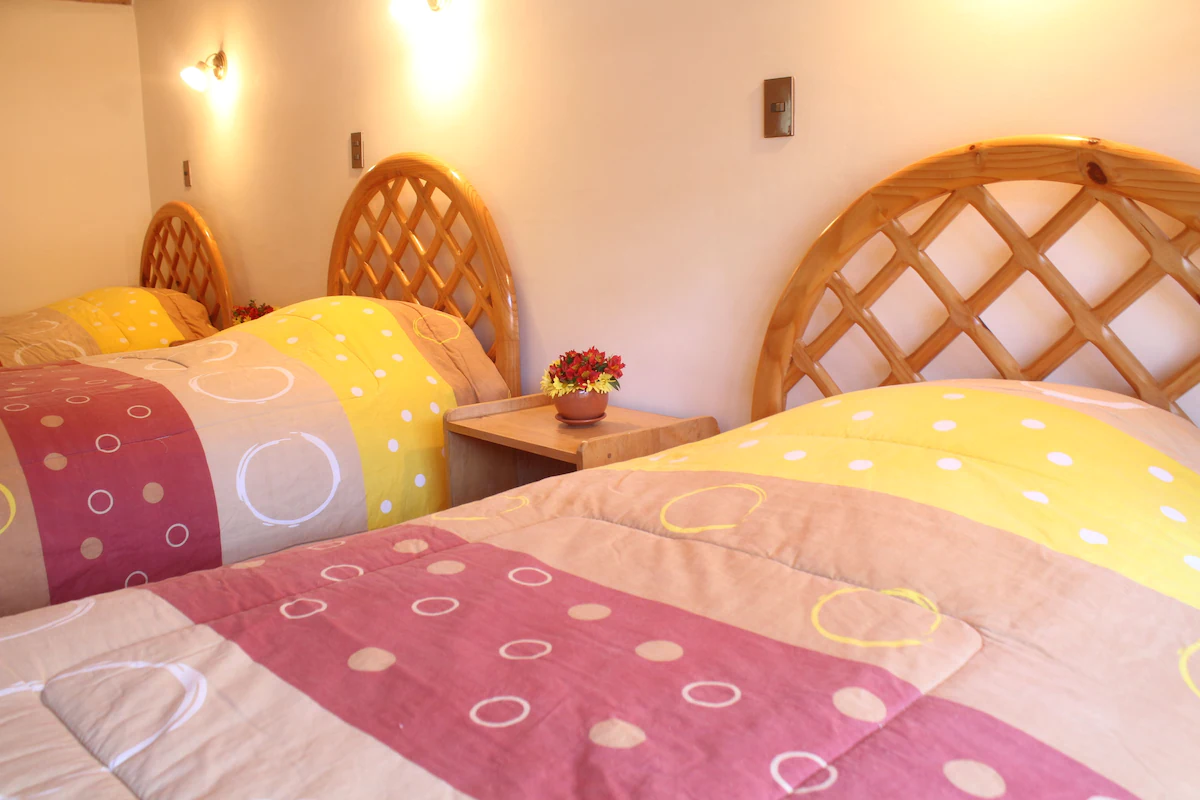
































Cliff Jacobs (Nat Dpl Hotel Man (UJ). MPRE. GA Level 5 TEFL) Managing Principal / CEO Exquisite Hotel Consultants (Pty) Ltd Mobile: +27 (0) 67 587 2532 (voice calls) Mobile: +27 (0) 84 413 1071 (WhatsApp voice calls and chats only) / +27 (0) 61 716 6951 (WhatsApp voice calls and chats only) Email: cliff@exquisitehotelconsultants.com Web: https://www.exquisitehotelconsultants.com © All rights reserved Terms and Conditions apply Scroll down to view our Hospitality Properties and Businesses for sale or lease or lease-to-buy or partnership arrangement or management agreement arrangement.